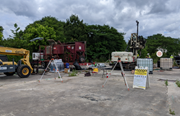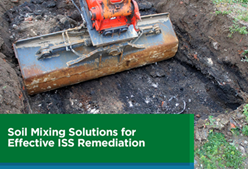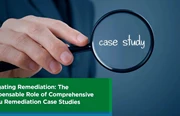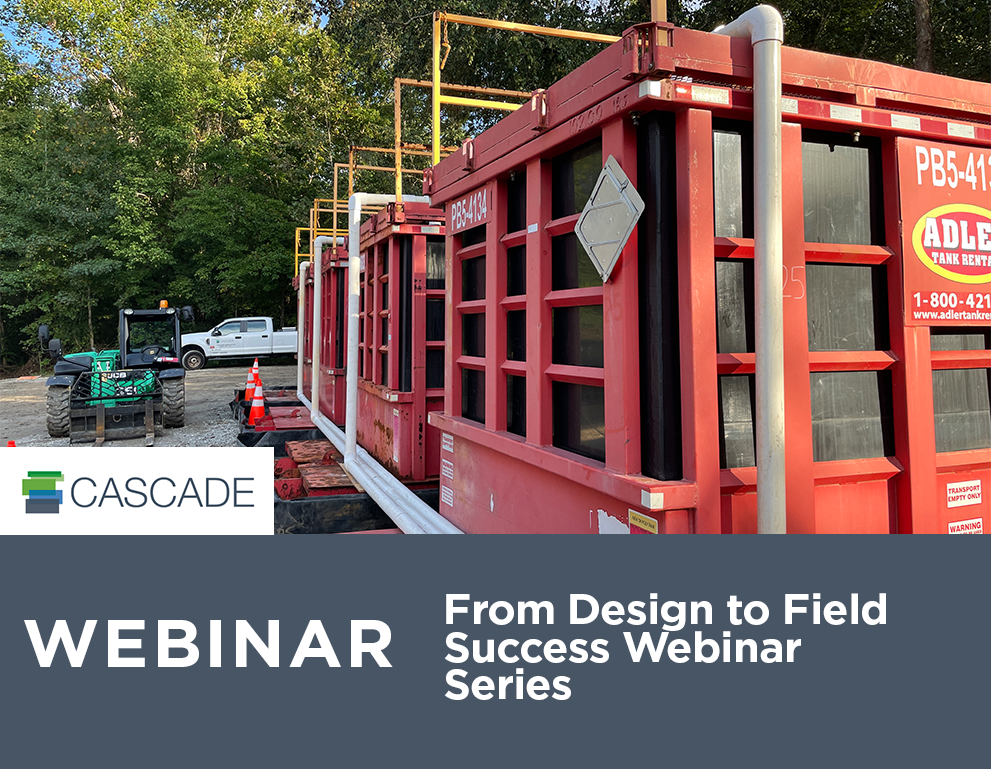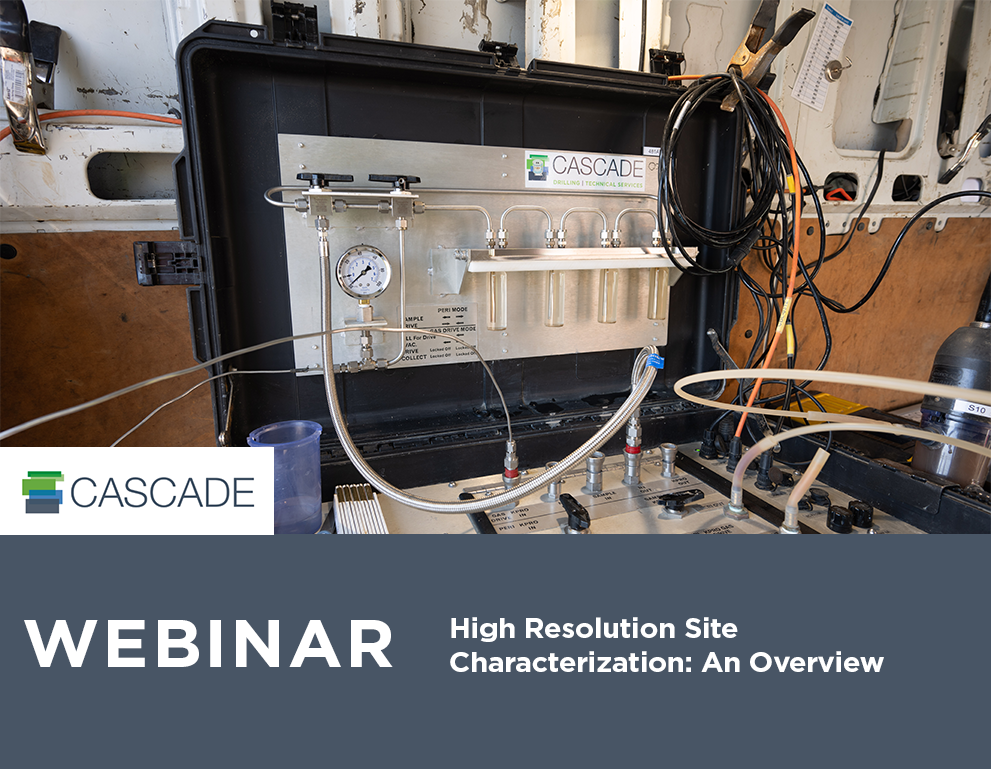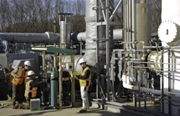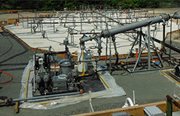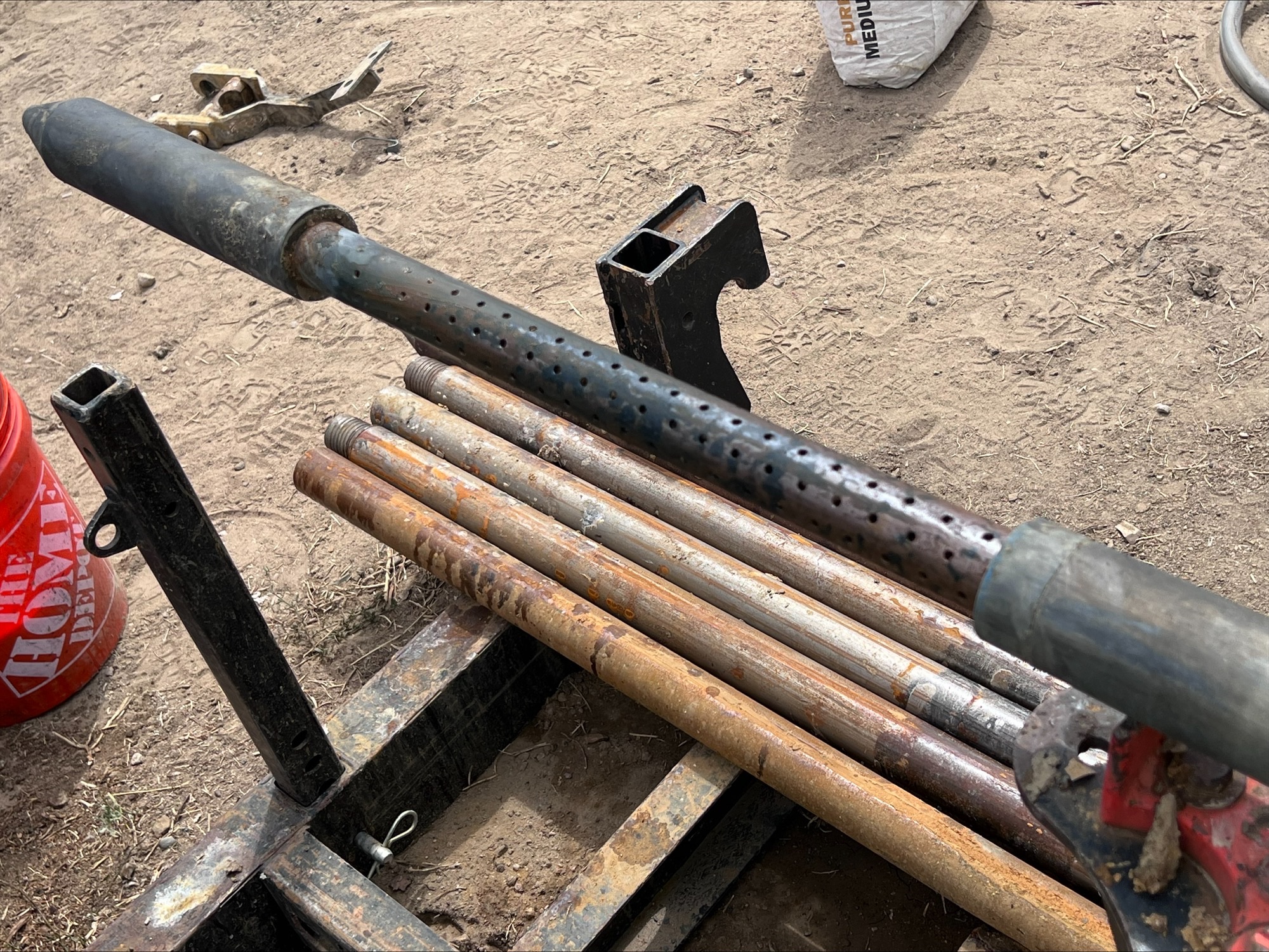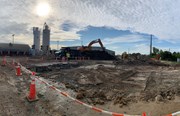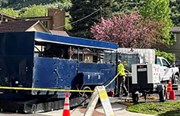6 Factors That Determine the Radius of Influence (And How They Impact Your Project Plan)
By: Eliot CooperOne of the major root causes for remediation projects not meeting treatment expectations is using rules of thumb, rather than a sound design basis, for determining radius of influence (ROI). ROI is one of the key design parameters of any in situ injection project. This parameter specifies distances between injection locations and assumes that all contaminants within the ROI are treated to design expectations. Without a sound ROI design basis, contact of contaminants with amendments can be jeopardized.
ROI is determined by six factors:
- How far reagents are distributed during injection
- How far the amendments move with groundwater seepage velocity (advection)
- What percentage of reagents get impeded by site soils
- The persistence of the reagent
- Residence time within the treatment zone
- The controllability of the injection process, couple with the tooling used (think direct push screens versus injection well screens)
In this blog post, I’ll cover how these six factors can (and should!) impact your project design and what best practices you can utilize to develop a realistic ROI.
SCENARIO #1: Homogeneous Zones – Targeting Transmissive Zones
Let’s first look at the ideal scenario, which is injection to a transmissive homogeneous zone such as sand.
Under non-fracturing conditions during injection, the distribution can be calculated by the percentage of the effective/mobile pore volume filled. There are numerous opinions on what an effective/mobile porosity actually is, but usually it is in the range of 2% to 20% depending on soil type, although many conservatively assume an average of 30% for all their injection projects.
Seepage velocity can be determined by measuring hydraulic conductivity (K), gradient (depth to groundwater at site wells) and effective/mobile porosity. It should be noted that transmissive soils with K values that are more or less the same will have different preferential flow paths that might miss contaminant mass, especially when injecting through a long injection well screen or at excessive flow rates and pressures.
Some reagents’ particle sizes are larger than the soil pore space and will be filtered out; in such cases, there is no further distribution by advection.
Reagent persistence varies based on the reagent kinetics with target contaminants and can vary from hours to years.
SCENARIO #2: Heterogeneous Zones – Targeting Just Transmissive Zones
Our second scenario is a more complex design challenge, with heterogeneous zones where distribution and seepage velocity will vary within the targeted treatment interval, e.g., lower distribution and velocity for fine-grained soils (storage) and higher for coarse-grained soils (transmissive). In many such cases, the transmissive zone will be the focus of remediation, especially for contaminants that sorb primarily to soil, like high fractional organic carbon (FOC). If that approach is adopted, you can treat the ROI design similar to that of a homogenous transmissive site.
However, if these transmissive zones are sandwiched between storage zones, the persistence and residence time within the ROI has to be consistent with the back diffusion rate of the contaminant. In many cases, multiple injection events are required rather than trying to dose for all the mass sorbed to soil in one injection event, so as not to waste reagents that don’t have the persistence compatible with the sorbed mass back diffusion rate.
SCENARIO #3: Heterogenous or Homogenous Zones – Targeting Storage Zones
Now let’s discuss how to target storage zones, such as silt and clays. These zones require fracturing or permeability enhancement to create new fractures or to target existing ones with the reagent we wish to distribute.
In order to achieve the desired results, a solid slurry is typically used and ROI will be calculated by the thickness of the fractures and the volume injected. Advection doesn’t come into consideration.
It’s important to note there is a limit to specifying a ROI, taking into consideration the depth of the target interval and the common occurrence of fractures tending to dip upward at distance. Also note that while diffusion and advection don’t play major roles here in terms of ROI, they are an important design consideration, since the contaminated water will have to come into contact with these fracture zones.
Last Thoughts
It’s critical to get ROI right, which is why I want to share a few last thoughts about how to help ensure project success.
- Prior to specifying ROI, a sound understanding of contaminant distribution within the target interval is required. This understanding can be easily obtained through high resolution design optimization (HRDO) tools like the MIHPT for solvents and petroleum and WaterlooAPS for PFAS.
- Decide whether to target transmissive and/or storage zones based on remediation expectations e.g., MNA vs MCLs.
- Select a reagent compatible with the zone targeted, e.g., liquids and colloidal solids for transmissive zones and solid slurries for silts and clays.
- When targeting transmissive zones, adherence to design flow rates and pressures will be critical to achieving ROI, which generally means staying below fracture pressures with continuous documentation at all times.
- If you are going to target both zones with the same liquid reagent, you will achieve a lower ROI for the storage areas.
- If you are going to target both zones with the same solid slurry amendment, you will achieve a lower ROI for the transmissive zones.
An accurate understanding of your injection ROI is crucial for in situ remediation success, but it’s only the first step. To learn more about optimizing your injected remedy, join me for next week’s webinar, The Droids You’re Looking For: The New Remediation Injection Technology and Automation Combatting PFAS and More.
I’ll be discussing how the next generation of injection technology can improve contact and project outcomes, and why it’s critical as our industry moves to treat of PFAS and other complex contaminated sites.
ABOUT THE AUTHOR
Eliot Cooper
Vice President, Technology
[email protected]
Eliot Cooper is the Vice President of Technology and Business Development. In this role, he helps clients design efficient and cost-effective remedies using high resolution site characterization (HRSC) and a vast array of remediation options. His specialty is finding the right combination of tools and technologies for complex sites, and ensuring every step of the remediation process is optimized to achieve results.
Eliot draws on a career that spans more than 30 years in the environmental remediation industry and includes hundreds of projects nationwide. He’s remediated sites that involved hex chrome, fuel spills, and chlorinated solvents. He specializes in injected remedy delivery, remediation design support, characterization of VOCs, and tackling complex sites by combining multiple remediation technologies.
Eliot previously served at the Environmental Protection Agency in both air pollution and hazardous waste management programs, as well as in the private sector providing thermal combustion and in situ remediation field services. Eliot now leads Cascade's in situ remediation solutions team to evaluate available technologies to meet client goals, provide advanced delivery techniques, and ensure HRSC results in actionable solutions.



